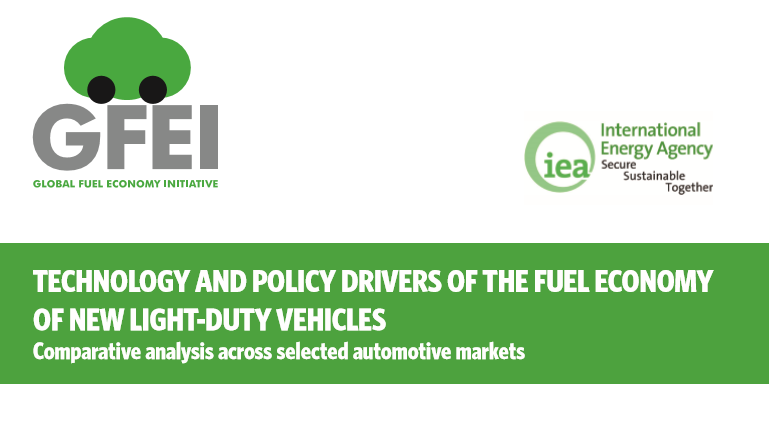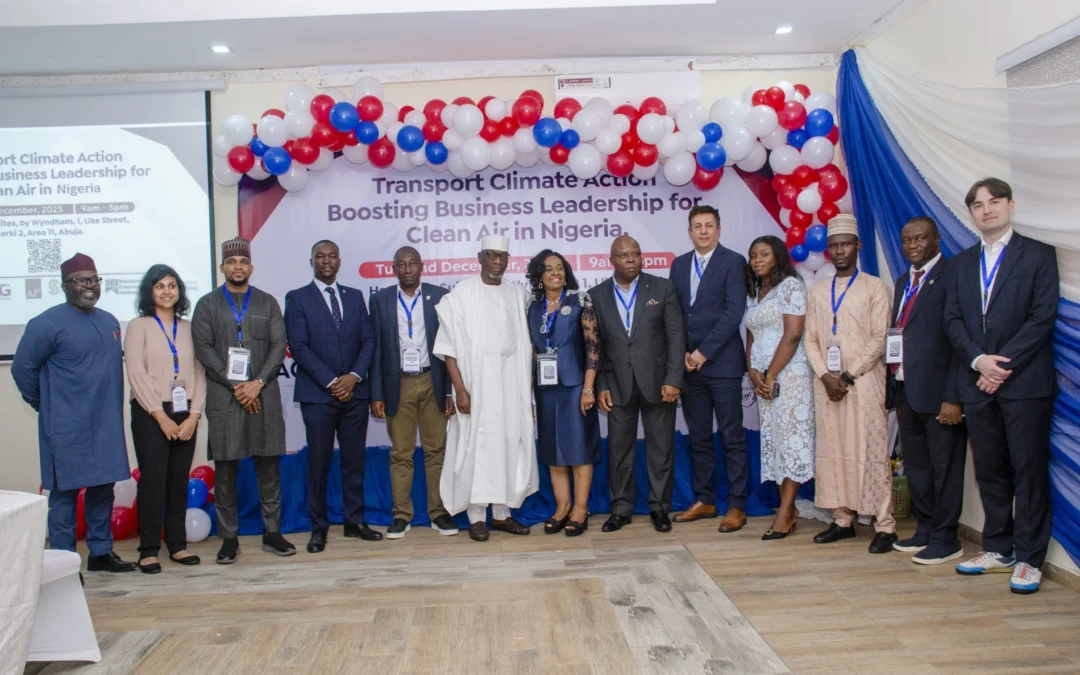
A report for the Global Fuel Economy Initiative (GFEI) has confirmed that fuel economy regulations are markedly effective in decreasing overall fuel consumption by LDVs (light duty vehicles) without hampering overall performance or usage, but are not being implemented widely enough to secure the GFEI’s 2030 fuel economy target.
The GFEI’s Technology and Policy Drivers of the Fuel Economy of New Light Duty Vehicles report surveyed the fuel economy of all LDVs entering the market between the years 2005 and 2013, in 25 countries across the globe. Alongside pure fuel consumption, other factors analysed included the weight and size of vehicles. Data analysis highlights the importance of complementarity between fiscal and regulatory measures, and how that two key policy introductions have significant benefits across the board: fuel economy standards within the industry, and differentiated taxation to target consumers. Differentiated taxation has a beneficial effect even when operating without the existence of the former, and is also singled out as a factor to be prioritised in developing nations due to their comparatively lower consumer purchasing power.
Crucially however, the introduction of a universalised measurement system and a more stringent testing cycle for vehicles in this most recent report has clarified that improvements in the global LDV fuel economy are not as great as have been previously estimated. The former global annual fuel economy improvement rate of 2.0% is reassessed the new methodology to a more accurate 1.6%. This is well below the 3% necessary required to achieve the GFEI’s 2030 target on fuel economy.

The cross national report contained a relatively equal number OECD and non-OECD member countries, and was thus able to draw overall comparisons between the two groups. Non-OECD markets tend to have lower engine power and higher fuel consumption per kW than most OECD markets, and the trend over time leans more towards acquisition of larger and more powerful cars than in OECD countries. As of 2009 China became the world’s largest LDV market, and whilst between 2005 and 2013 the country’s new car market grew fourfold, average CO2 emissions per km of new LDVs declined by only 2%. Meanwhile, the United States, now the world’s second largest LDV market after China, was somewhat unsurprisingly the market for the heaviest, largest, and most powerful vehicles, and had one of the poorest performances in overall fuel economy.

The Partnership on Sustainable, Low Carbon Transport hopes that these results will be taken into account by nation states throughout the ongoing UNFCCC processes in the formulation of transport oriented NDCs. Particularly, SLoCaT sees these results as useful in highlighting the need to ensure that rapidly growing LDV markets in emerging economies do not fail to take advantage of new advancements in technological efficiency, or delay the implementation of stricter fuel economy standards until it is too late to achieve the GFEI’s transport target.




















